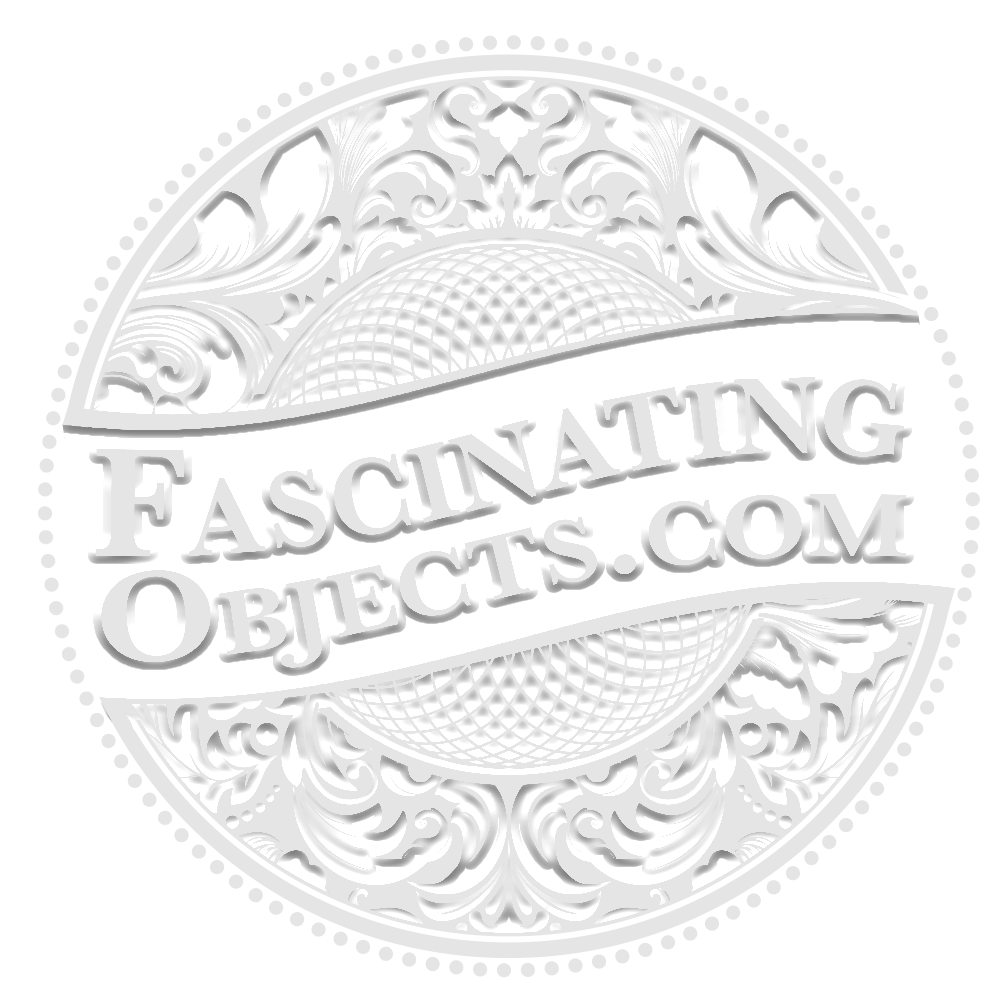There was a time, not terribly long ago, when the pinnacle of childhood delight was a tin wind-up toy that could scoot across the floor, spit sparks, or—if you were especially lucky—catapult itself directly into the family dog’s water bowl. This was the golden age of mid-century Japanese tin toys, a period when ingenuity, industrial recovery, and a touch of cheerful disregard for child safety combined to produce some of the most charming, intricate, and wonderfully bizarre playthings the world has ever seen.
Tin toys as a phenomenon weren’t new—Germans had been churning them out with near-military precision since the 19th century—but after World War II, Japan took up the mantle with an enthusiasm that bordered on the obsessive. By the late 1940s and into the 1960s, Japan’s toy industry had risen from the ashes of war, powered by a combination of necessity, cheap materials, and an export market hungry for affordable fun.
The results were magnificent. There were wind-up robots with hypnotic, sparking chests; lithographed rocket ships that promised intergalactic adventure; racing cars with suspiciously happy drivers; and trains that chugged along in a way that made you momentarily believe in the romance of rail travel, even if you had never set foot on anything but a city bus. Many of these toys bore the mark “Made in Occupied Japan,” a phrase that today is a collector’s siren song but at the time was a reminder of the country’s complicated geopolitical position.
The charm of these toys wasn’t just in their dazzling colors and endless variety—it was in their sheer mechanical audacity. Unlike today’s battery-powered, Bluetooth-enabled, vaguely condescending “smart” toys, mid-century tin toys expected a bit of effort. You wound them up, flipped a switch, or pulled a string, and then watched in delighted horror as they lurched unpredictably across the floor. Sometimes they did what they were supposed to; sometimes they simply fell over and spun in circles like a malfunctioning Roomba. But therein lay the joy.
Of course, it was not all wonder and whimsy. By modern standards, these toys were tiny lawsuits waiting to happen. Sharp edges? Check. Small, easily swallowed parts? Check. Paint that, in some cases, may or may not have contained just a touch of lead? Double-check. And yet, somehow, millions of children survived, mostly unscathed, their fingers and esophageal passages intact.
By the late 1960s, tin toys had begun their slow decline, replaced by the rise of plastic—more durable, less expensive, and considerably less likely to cause tetanus. Japan itself was evolving, moving from the world’s leading tin toy manufacturer to a powerhouse of electronics, automobiles, and, eventually, video games. Companies that once produced wind-up tanks and jittery astronauts pivoted to more lucrative endeavors, and soon, the age of tin toys had all but vanished.
Today, these little marvels of postwar ingenuity are highly collectible, their values climbing ever higher as nostalgia-fueled adults hunt them down at auctions and antique shops. But their true value isn’t in the price tags they now command—it’s in what they represent. They are artifacts of a time when play was mechanical, when imagination did most of the heavy lifting, and when the most pressing childhood worry was whether your new wind-up car would make it all the way across the kitchen floor before veering tragically into the refrigerator.
In an age where everything beeps, blinks, and demands a software update, perhaps there is something to be learned from these beautifully simple machines. They remind us of a world that ran, however unpredictably, on gears and springs rather than microchips. A world where joy came in the form of a tiny tin train, wound up just right, set loose on an adventure across the linoleum plains.

